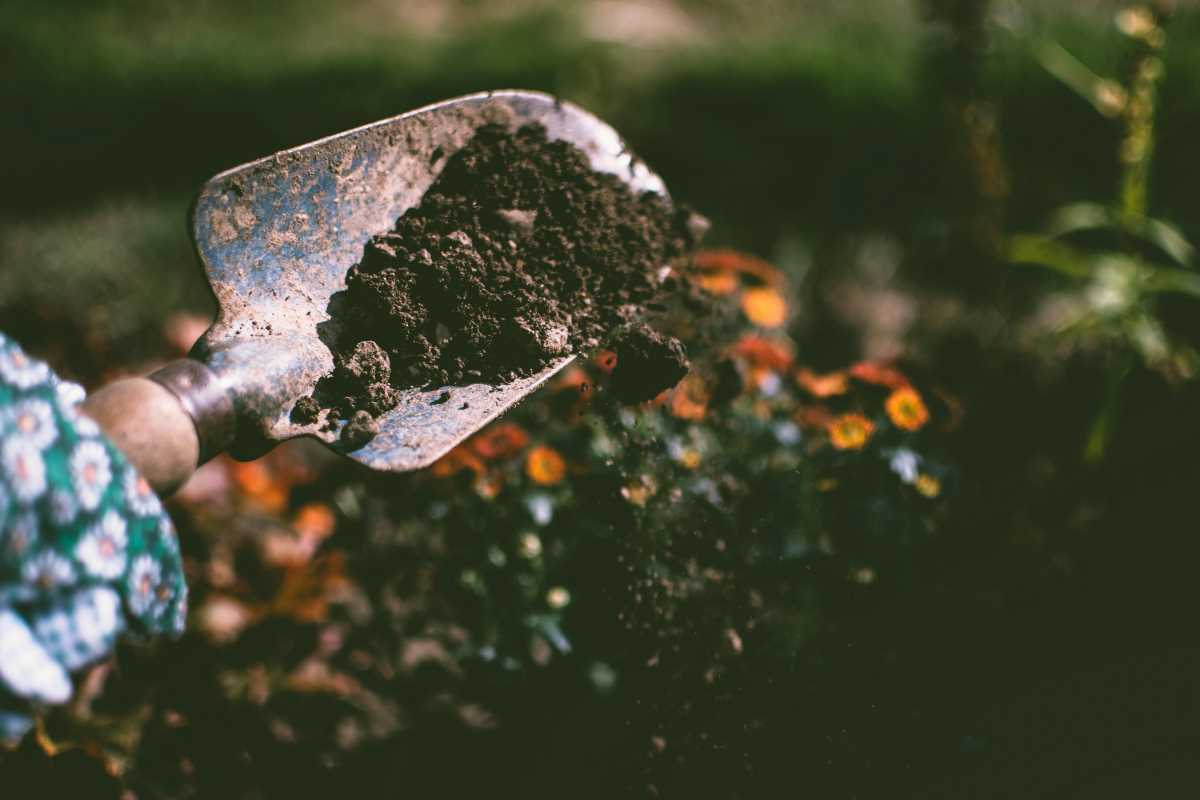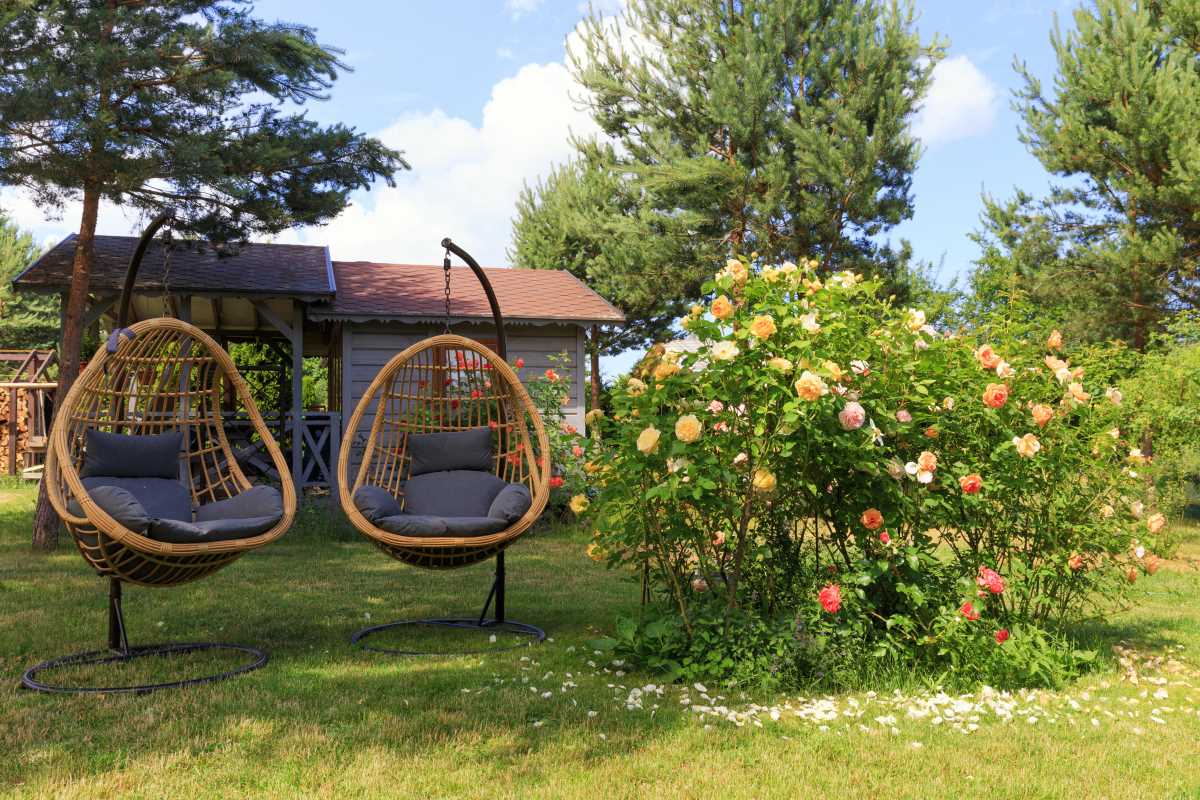Careful planning and a touch of creativity can turn a simple patch of grass into a welcoming backyard retreat. Adding native plants brings both color and life to the area, while water features introduce soothing sounds and movement. Cozy hideouts, such as shaded nooks or small seating areas, invite relaxation and provide a quiet escape. These thoughtful elements work together to create a backyard that feels dynamic and inviting, giving you a place where you can unwind, enjoy the beauty of nature, and watch the landscape shift with the seasons.
Each backyard has its own character. Match plants to your soil, provide spots for insects and birds, and select materials that produce minimal waste. This method combines visual charm with support for local wildlife populations.
Choose Native Plants
Native plants adapt well to local conditions, need less water, and nourish pollinators. Start by testing your soil’s pH and observing how much sunlight your yard receives daily. Then select species that suit those conditions.
Here are five top choices for many regions:
- Butterfly Milkweed (Asclepias tuberosa)
- Echinacea (Echinacea purpurea)
- Blue Wild Indigo (Baptisia australis)
- Serviceberry (Amelanchier canadensis)
- Switchgrass (Panicum virgatum)
Plant them in clusters to create focal points that attract bees and butterflies. Group species with similar water needs to make irrigation easier and lessen stress on plants.
Build Water Features
A water feature attracts birds, frogs, and helpful insects. Even a small birdbath can serve as the main point of wildlife activity if you follow a few installation steps.
Follow this simple process:
- Select a spot visible from windows but protected from strong wind.
- Dig a shallow basin or use a sturdy, wide container.
- Line the basin with pond liner or an old, food-safe container.
- Place rocks and gravel so creatures can climb out safely.
- Fill with fresh water and refill weekly to prevent stagnation.
Add a small solar-powered fountain nozzle to create gentle ripples that discourage mosquitoes and produce the soothing sound of moving water. Surround the feature with low-growing plants to provide landing spots.
Offer Shelter and Habitats
Wildlife needs safe places to nest, hide, and rest. Build layered structures that extend from ground level to small trees and shrubs. Combining different types of cover makes your yard more appealing to various species.
Install birdhouses with different entrance sizes to welcome songbirds and wrens. Place brush piles in a hidden corner—small mammals and insects will value the shelter. You can also set up a shaded rock area for lizards or frogs to warm themselves.
Choose Sustainable Materials
Selecting eco-friendly materials helps your backyard look beautiful while minimizing its environmental footprint. When designing paths, patios, or raised beds, opt for materials that can be reused, recycled, or sourced responsibly. Reclaimed wood gives a natural, weathered appearance and reduces demand for newly harvested timber. Locally quarried stone or permeable pavers allow rainwater to filter into the soil, reducing runoff and helping recharge groundwater. For furniture and décor, choose items made from bamboo, recycled metal, or composite lumber created from post-consumer plastics. Whenever possible, buy from local suppliers to cut transportation emissions. Small choices like these not only enhance the durability and authenticity of your garden but also align your outdoor space with sustainable living principles.
Seasonal Tips for Maintenance
Spring and fall require different tasks to keep your garden lively. In spring, prune shrubs gently, divide perennials, and refresh mulch around new plants. Remove fallen leaves and debris to cut down hiding spots for pests.
During summer, check water levels in birdbaths and ponds daily. Top them off with rainwater or filtered tap water to keep them inviting. In winter, leave seed heads and stalks standing—they feed birds and protect insects from freezing temperatures.
Rotate feeders and clear snow from water features to prevent ice formation. Regular attention each season encourages wildlife to return year after year.
Select plants suited to your soil, add water features, and create safe spaces to bring life and color to your yard. This approach offers continuous opportunities for discovery when you step outside.
 (Image via
(Image via





